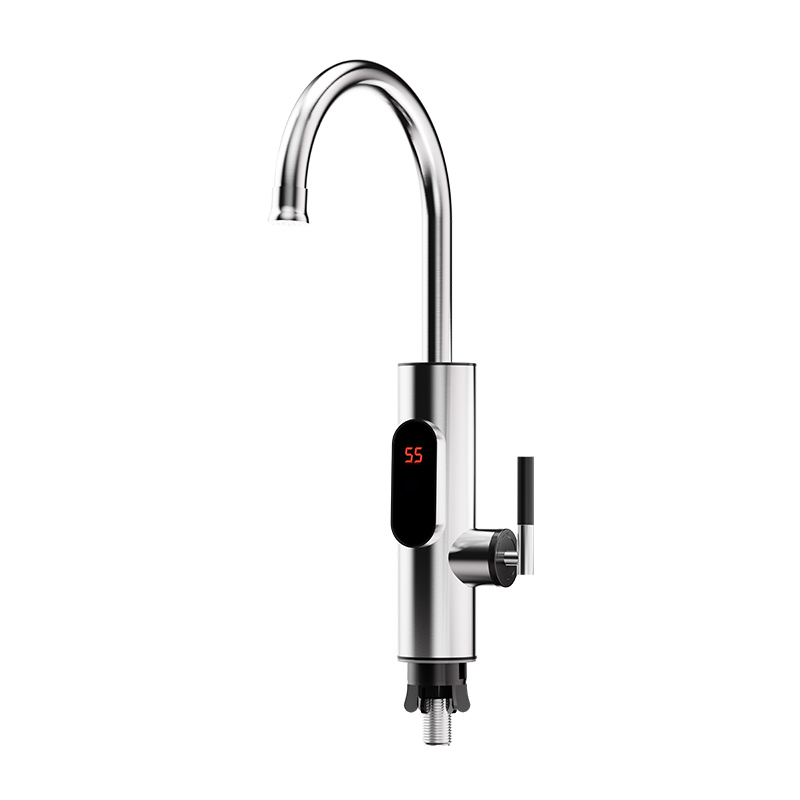Electric faucets are favored by families because of their instant-on heating characteristics. Their power consumption needs to be comprehensively judged in combination with power, usage habits and energy-saving design. Reasonable use can take into account convenience and economy.

Power is the basic factor affecting power consumption. Common electric faucets have a power of 3-5 kilowatts. When used once, the water flows through the heating tube and heats up instantly. The power consumption is about 0.05-0.08 degrees per minute of opening. Compared with the energy consumption of continuous heat preservation of storage-type electric heaters, it is more energy-saving when used for a short time, especially suitable for short-term water use scenarios such as washing and washing vegetables.
The frequency and duration of use are directly related to the total energy consumption. If it is used for 20 minutes a day, the daily power consumption is about 1-1.6 degrees, and the monthly power consumption is 30-48 degrees, which is basically the same as that of traditional water heaters. However, frequent switching or long-term opening (such as receiving water for more than 5 minutes) will increase energy consumption due to high power. At this time, it is more cost-effective to use a small-capacity thermos to store water.
Energy-saving design can effectively control consumption. For models with temperature adjustment function, setting the medium temperature gear (30-40℃) saves 30% more electricity than the high temperature gear (above 50℃); the automatic power-off function can avoid standby power consumption when idle, which is especially suitable for forgetful users. In addition, choosing products with insulated anti-electric walls can ensure safety while increasing circuit conversion efficiency, indirectly reducing energy consumption losses.
Usage tips can further reduce costs. Centralize water demand and reduce frequent starts and stops; install close to water points to shorten the cold water discharge time of pipes; regularly clean the scale on the heating pipes to maintain heating efficiency. These details can make electric faucets more energy-efficient without affecting the user experience.
On the whole, the power consumption level of electric faucets is closely related to the usage scenario. The energy consumption advantage is obvious when used in a short period of time and at high frequency. Mastering the correct usage method can control the electricity bill within a reasonable range while enjoying instant hot water.